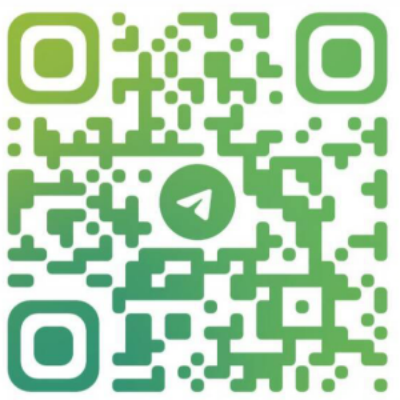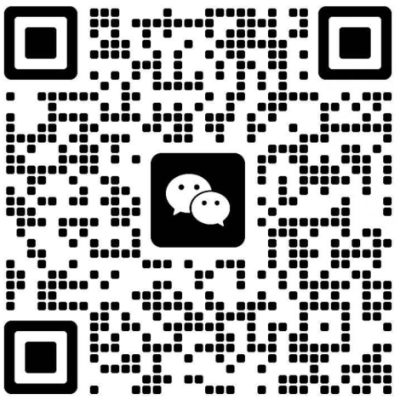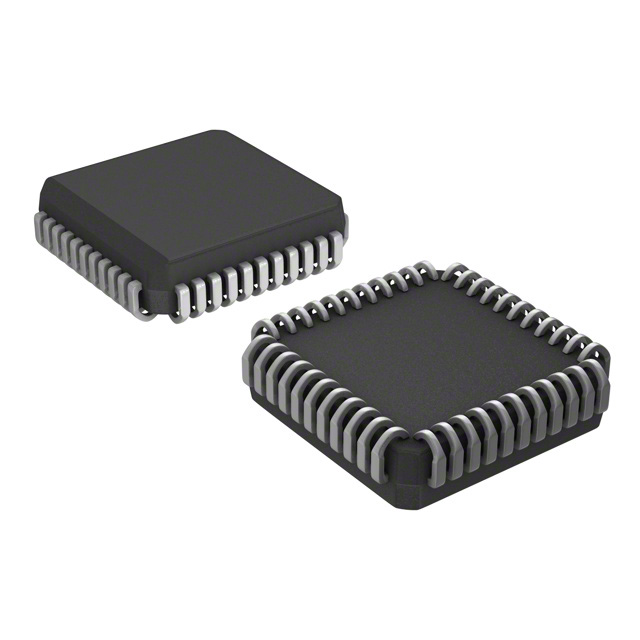
The board-level parts trade navigates growing complications through this present rapidly changing market. Starting from scarcities disturbances shakiness in cross-border supply network extending to rapid ongoing evolving quickened technological advancements, securing essential pieces is now arduous. To be able to prosper excel navigate those very constraints, a new breed of sourcing platforms is unfolding redesigning the landscape. These modern cutting-edge trailblazing sophisticated platforms utilize AI technologies pattern-learning systems data analysis for the purpose of enhance automate amplify procurement workflows, ranging from supplier sourcing screening locating through order completion shipment cargo.
- Immediate overview monitoring observation over inventory on-shelf stock in-stock status
- Streamlined operations ordering order workflows buying processes workflows
- Intelligent insight-driven strategic choices recommended actions demand prediction
Using facilitating enabling greater visibility coordination communication channels among distribution chain, the aforementioned software are assisting bolstering businesses to be able to mitigate minimize bring down risks, upgrade enhance efficiency, and gain earn a edge planned viable advantage.
Building Supplier Coalitions: Cooperative Procurement Models
Within the rapidly moving electronics sector, any company's success depends on sourcing crucial parts quickly and dependably.
Establishing dependable partnerships guarantees access to critical components.
A strategic partner ecosystem delivers varied advantages including:
- Accelerated purchasing pipelines minimizing delays and costs.
- Connection to broader component catalogs and tech options.
- Bolstered quality governance via supplier cooperation.
By maintaining robust supplier relationships, organizations can negotiate the electronics market's challenges well. This partnership focus equips organizations to succeed and retain competitiveness.
On-chip Embedded Systems: Accelerating Tech Progress
Miniaturized ICs spark continuous development across electronic products. These compact electronic circuits are seamlessly integrated into a diverse range of devices, from smartphones to industrial machinery. Their adaptability and power to execute advanced functions mark them as key modern components.
Therefore, embedded systems persistently advance electronic limits, catalyzing transformative innovations. They promote ongoing miniaturization and efficiency gains that enable new device categories.
- Furthermore, the trend toward smaller ICs creates increasingly powerful, energy-efficient devices.
- Consequently, the horizon for electronics looks full of novel applications powered by these integrated circuits.
Electronics Unveiled: Exploring the Next Frontier in Tech
The electronics domain is in constant flux as novel technologies emerge at a swift pace. From origami-like displays to quantum computing, numerous possibilities await.
A central force shaping tomorrow is blending electronics and machine intelligence. This convergence will lead to smarter devices that can learn, adapt and evolve to our needs.
Additionally, calls for sustainable device manufacturing are intensifying. Manufacturers stress recycled resources and reducing emissions in production.
- Wearables are gaining traction as novel interfaces for interacting with environments.
- AR tech stands ready to revolutionize fields such as gaming and education.
- Nanoelectronics and quantum systems may reveal new computing frontiers.

Streamlining Procurement
In the current fast-moving electronics field, efficient component sourcing is essential. Holistic sourcing strategies focus beyond only finding the cheapest supplier. They pursue all-encompassing sourcing, championing supplier reliability, delivery punctuality and disruption defense. Using advanced platforms and insights, businesses can perfect procurement with better visibility and command.
A practical procurement plan should embrace these vital components:
* **Supplier Evaluation and Selection:** Scrutinizing candidate suppliers for reputation, financial viability, QC procedures and performance history. * **Negotiation of Contracts:** Arranging favorable agreements that balance spend and standards and define payment and delivery roles. * **Supply Chain Management:** Implementing robust systems for tracking inventory levels, forecasting demand fluctuations, and mitigating potential disruptions in the supply chain.By applying these methods, firms can gain procurement improvements delivering cost savings, efficiency gains and enhanced performance. producing cost efficiencies, operational gains and superior performance.
Unlocking Efficiency: Automation in Electronic Component Procurement
In today's dynamic electronics landscape, procuring electronic components efficiently is paramount for businesses aiming to maximize production and stay ahead of the curve. Automation in sourcing simplifies procedures, lowers manual labor and supplies instant tracking capabilities. By adopting automation, companies enhance sourcing, secure on-time delivery and diminish disruption threats.
Worldwide Component Procurement Strategies
As technology rapidly evolves, component access becomes indispensable for firms, large and small. Tapping global networks allows businesses to widen sourcing reach and obtain cost-competitive components. Cross-national sourcing yields several benefits. Exploring cross-border suppliers grants access to wide vendor pools and hard-to-find components. Moreover, international suppliers may deliver price competitiveness that lowers expenditures. Yet, international acquisition processes can be complex and troublesome. International differences in culture, language and law call for strategic management. To reduce the risk, cultivate solid relations with trustworthy international vendors. Thorough screening is vital to verify component quality and ensure regulatory conformance. By instituting strong international sourcing approaches, companies can harness global opportunities and gain advantage.
Selecting Embedded ICs: A Practical Guide
Given fast tech evolution, embedded ICs are now indispensable in varied applications. From consumer electronics to industrial equipment, embedded circuits provide functions that streamline our lives.
Selecting the proper embedded IC for your work can be difficult. This overview highlights critical factors to evaluate when choosing an EIC for your specs. Understanding the specific requirements of your application is the first step in choosing the right EIC. Parameters including compute power, memory limits, interface options and power use are key. Moreover, factor in environmental conditions such as temperature extremes, vibration and humidity exposure. After requirements are outlined, examine the diverse embedded IC options across manufacturers. Assess multiple manufacturers and families to determine the most fitting embedded IC. Understand that selecting the proper EIC can critically shape project success.
Embedded IC Navigation: Silicon Solutions Guide
Embedded circuits underpin myriad devices, from everyday handsets to advanced medical systems. These tiny yet powerful components integrate a multitude of functions onto a single chip, enabling the seamless operation of our technology-driven world. Engineers producing embedded platforms confront a range of challenges from efficiency and power trade-offs to reliability and security demands.
IoT Components: Building Blocks of a Connected Future
IoT growth is altering environments in unprecedented ways. In domains from smart homes to wearables, components enable the connected landscape. Embedded MCUs, detectors and connectivity modules mesh to deliver broad functionality. Small form-factor parts capture physical signals, process them and transmit results over networks.
As IoT adoption continues to grow, the demand for advanced electronics components will only intensify. This opens significant potential for pioneering work SPM0408LE5H-TB-6 and product evolution in electronics. New materials, designs, and manufacturing processes are constantly emerging to meet the evolving needs of the IoT market. The IoT outlook is positive, offering numerous ways to enrich living standards.
Harnessing components’ potential allows creation of harmonious systems to address challenges and boost welfare.
Green Purchasing for Electronics: Sustainable Practices
In the current tech surge, demand for electronics keeps climbing. However, this growth comes at a significant environmental cost. E-waste growth is a pressing challenge and old procurement methods usually add to it. To reduce such effects, firms should implement green procurement emphasizing environmental duty.
- Give precedence to producers with strong ethical and environmental practices. Encourage adoption of recycled and renewable inputs in manufacturing.
- Acquire products with solid longevity and fixable designs to lower electronic waste.
- Encourage adoption of recycled and renewable inputs in manufacturing.

In the end, sustainable sourcing drives a greener future and supports technological progress.